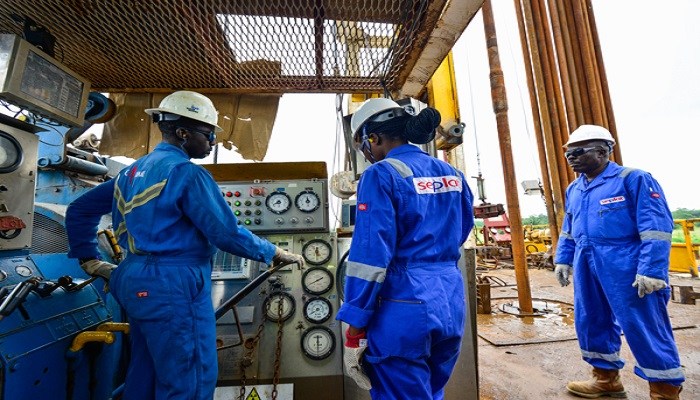
After the OPEC+ alliance virtual meeting on Thursday where members reached a decision to keep current oil output unchanged, oil price has surged to its highest in nearly two years.
It is a relieving development for the oil industry that has been ravaged by the pandemic, plummeting the economy of oil-exporting countries.
The US futures leaped 5%, and Brent global benchmark also jumped following the decision on Thursday. The agreement between the OPEC+ producer alliance means that output will be held steady in April. Bloomberg reported Saudi Arabia saying it’s not in a hurry to bring back supply and will maintain its 1 million barrel per day voluntary production cut.
Register for Tekedia Mini-MBA edition 19 (Feb 9 – May 2, 2026): big discounts for early bird.
Tekedia AI in Business Masterclass opens registrations.
Join Tekedia Capital Syndicate and co-invest in great global startups.
Register for Tekedia AI Lab: From Technical Design to Deployment (next edition begins Jan 24 2026).
Experts believe the decision is a smart move that will move the oil market to the bull.
“The decision to maintain the current OPEC+ supply cuts for the month of April has given the oil bulls exactly what they needed as far as the tight-supply narrative goes. The Saudis shrewdly recognized that in order to maintain the recent upward price momentum and speculative buying interest in oil futures, they needed to feed the bull,” Ryan Fitzmaurice, commodities strategist at Rabobank said.

Adjustments in oil prices and cutting output have been the key strategies advocated by Saudi Arabia, to lift oil price.
OPEC+ has helped drain a global glut that accumulated during the pandemic through its supply management, pushing crude futures up more than 30% so far this year, Bloomberg said in its report.
The result is seen across many areas of the oil market moving from the pandemic plunge to pre-pandemic market status. Brent options volume rose to the highest since March 2020, according to preliminary trade data compiled by Bloomberg.
Although the surge underscores victory for the Saudi-led approach that encourages OPEC members to hold back output, it also has the potential to instigate further drilling activity.
Higher prices could spur additional drilling activity by US shale explorers, with domestic oil rigs already at the highest since May 2020, Bloomberg noted.
“It’s going to get tight. The longer prices stay up, the greater the likelihood we will eventually see a supply response from the US. But, it’s not going to be as immediate as it would have been in the past,” said Bill O’Grady, executive vice president at Confluence Investment Management in St. Louis.
However, Saudi Arabia seems unbothered by the likelihood. Saudi Energy Minister Prince Abdulaziz bin Salman told reporters after the OPEC+ alliance meeting that the US mantra of “drill, baby, drill is gone forever.”
Bloomberg reported that the rally in crude prices that’s helped send fuel prices up is being compounded by refined product supply declines in the US after a deep freeze paralyzed much of the Gulf Coast refining sector late last month.
The debate before OPEC+ is whether output should be raised up to 1.5 million per day. Russia and Kazakhstan were exempt from the agreement. The body will meet again in April 1 to discuss production for the month of May.
Meanwhile, the surge in oil price is particularly good news for Nigeria that has been wobbling in a debt-filled economy as low oil prices plunged following the pandemic. Nigeria’s oil benchmark is pegged at $40 per barrel with a daily production estimate of 1.8 million barrels. With Brent crude at $67, the revenue generation of Africa’s biggest oil producer is expected to increase, boosting its crashing currency, the naira.



